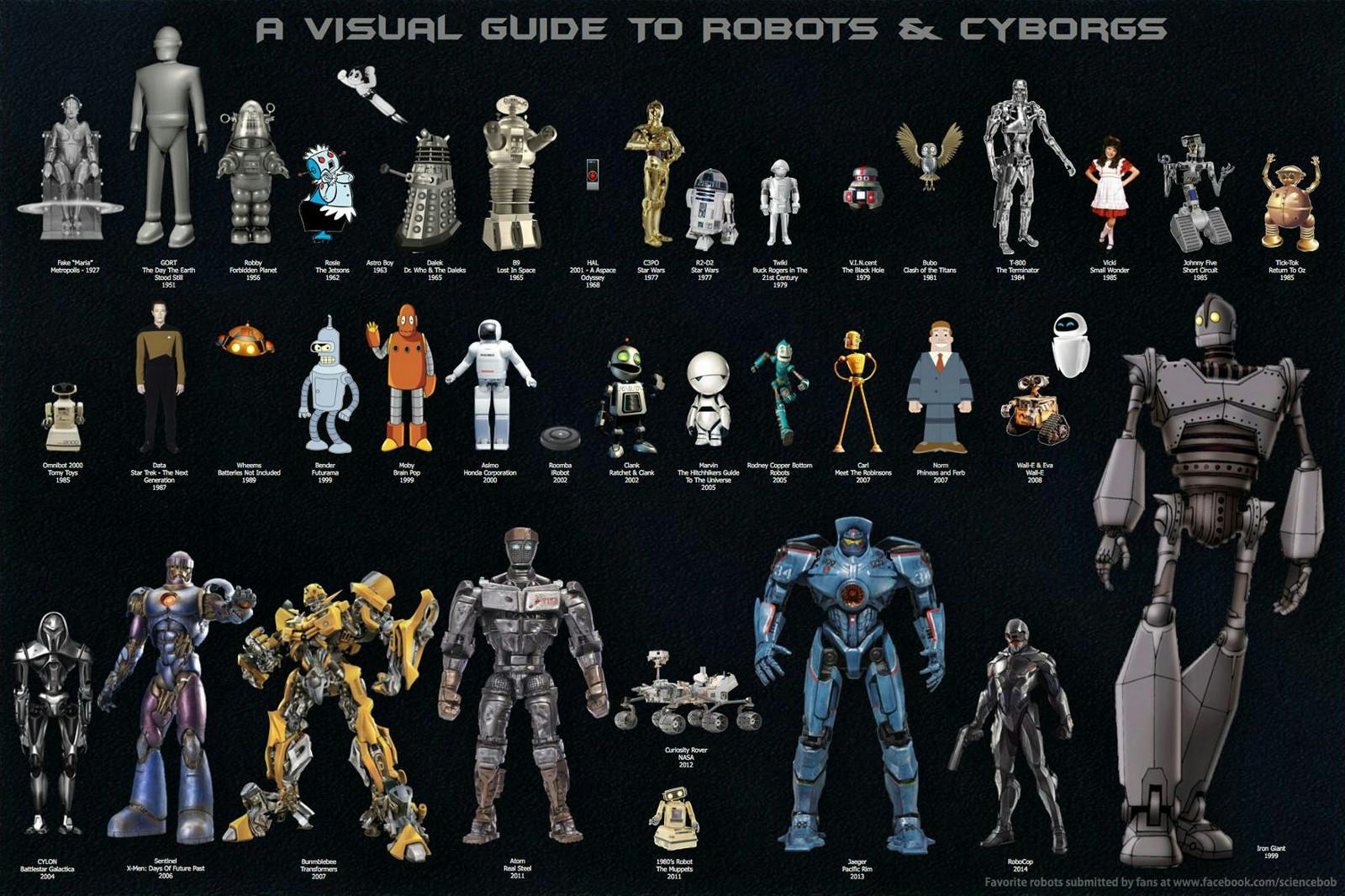Update: the Meya Bot Platform has launched. Create your first bot!
It’s 2016, and messaging bots are the all the rage. So what’s all the fuss about?
If I had to pick a point on the hype cycle, I would guess we’re probably approaching the peak of inflated expectations. On the other hand, we could easily fall into the stack fallacy by trivializing them as “just bots.”

Bot emoji released in 2015
We’ve been working on Meya for almost a year, and a few insights have surfaced that I believe justify the hype. (at least most of it)
- Bots are a lot easier to install than mobile apps. To “install” a bot, you simply search for the bot from within your favorite messaging app and click to start chatting. The bot has immediate access to your identity, too. For a mobile app, you open your app store, search for the app, click install, wait a minute to install, open the app, and login/create an account. You’re looking at a few minutes rather than a few seconds. The bot install results in at least a 10X reduction in friction.
- Bots are easily distributed. Let’s say your friends are all using some awesome bot; they can easily share the bot with you from the messaging app itself. Bots can be linked to, shared on social media, and even recommended by other bots. In the case of Slack, another team member can add your bot so that your whole team can use it.
- Quality mobile apps are expensive to build, maintain and deploy. In the app paradigm, you need to have skilled Android and iOS client development teams ideally paired with a strong UXer or two. Then the app needs to tested, refined and submitted to app stores for approvals. Rinse and repeat. In the bot world, you leverage the fact that messaging apps are built by someone else. New feature deployment can be done with continuous integration to the backend alone.
- There is a very long-tail of use-cases that don’t justify a mobile app.Because of the low-friction install, distribution, and development of a bot, a whole slew of use-cases opens up. Users won’t likely install an app for their dentist or hairdresser. Therefore, to build dedicated apps for these use-cases would be futile. Instead, would that same user add their dentist and hairdresser to their contact list?
- Messaging apps are ubiquitous and dominate consumer’s mobile engagement. Between Facebook Messenger, iMessage, WhatsApp, Kik, Line, Viber, Telegram, Slack and Hangouts (need I go on?) messaging has almost complete market penetration. On top of this, messaging has 5.6X higher 12-month retention than other mobile apps.
- Consumers are experiencing mobile app fatigue. What’s the last app that made it onto your home screen? How many apps did you install this month? I’m guessing the installs are few and far between.
- Bot interactions are intrinsically bi-directional. In the web and mobile app paradigm, you need to provide contact info and/or rely on push notifications for the “receive” component of the UX. These notifications have to be stitched together by links and intents into the corresponding UI view. In messaging, incoming messages are a first-class citizen. This lends itself nicely to commerce and financial transactions which are, by definition, bi-directional.
- Moving complexity to the cloud reduces a user’s cognitive load. Sure, you can always search Google, comb through results, click a few links, extract out the necessary information, and formulate a decision. However, isn’t it easier if a bot did that for you? This is especially useful when on the go or when the time is limited.
- Bots are extremely portable. While messaging apps are a bot’s native environment, they can just as easily exist in live chat, personal assistants (Siri, Google Now, Echo), car audio systems, as a voice in your ear, smart watches, email, and push notifications.
- Bot software development cycles are extremely fast, even on-demand.We’ve had cases with Meya in which we release features in near real-time based on actual user requests. The first time the request can be serviced manually, then an automated version can be deployed behind the scenes. You get the added benefit of not wasting time building the wrong thing.
- Humans are innately hardwired for language and conversation.Because of this language has evolved to become powerful, nuanced, and flexible. It goes without saying, but language has been used extensively for all of recorded history to do amazing (and not so amazing) things. Bots leverage this underlying human trait.
Also, don’t underestimate the power of the emoji 👊
